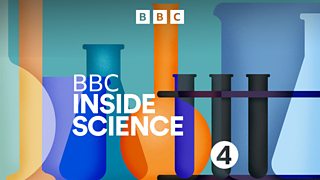14/01/2010
Gareth Mitchell finds out about the coldest place on Earth; the ALMA telescope in Chile; Neanderthal culture; dog diversity.
It may have been rather chilly in the UK this week, but that's nothing compared to July 1983 at the Russian Vostok Research Station in Antarctica, where it got down to minus 89.2 degrees Celsuis. Professor John Turner of the British Antarctic Survey describes how it happened and how it's helping him to perfect climate models to reveal future change.
ALMA -Atacama Large Millimeter/submillimeter Array - is under construction on the Chajnantor plain of the Chilean Andes, 5,000 metres above sea level. It will be made up of 80 high-precision antennas and will transform our understanding of the physics of the 'cold universe'. The cold universe is made up of regions that are optically dark to us but shine brightly in the millimetre portion of the electromagnetic spectrum. By exploring the cold universe scientists hope to study the formation of stars and planets underway in star nurseries. Gareth Mitchell finds out how work is going after the recent first successful measurements taken by ALMA.
Neanderthals have a reputation as dim-witted brutes, but that's not fair, says Professor João Zilhão of Bristol University. He tells Gareth about the discovery of Neanderthal shell jewellery in Spain, and of traces of pigment probably used as body paint or make-up. He also has new evidence that our own ancestors inherited both genes and culture from Neanderthals.
There are more than 400 recognised breeds of domestic dog in the world, a huge diversity of shapes and sizes that, says Professor Josh Akey of the University of Washington in Seattle, makes them a natural laboratory for the genetics of selective breeding. His studies have revealed the gene that gives the Shar-pei its wrinkly skin and hopes that this and other traits will help us understand both human and canine disease.


